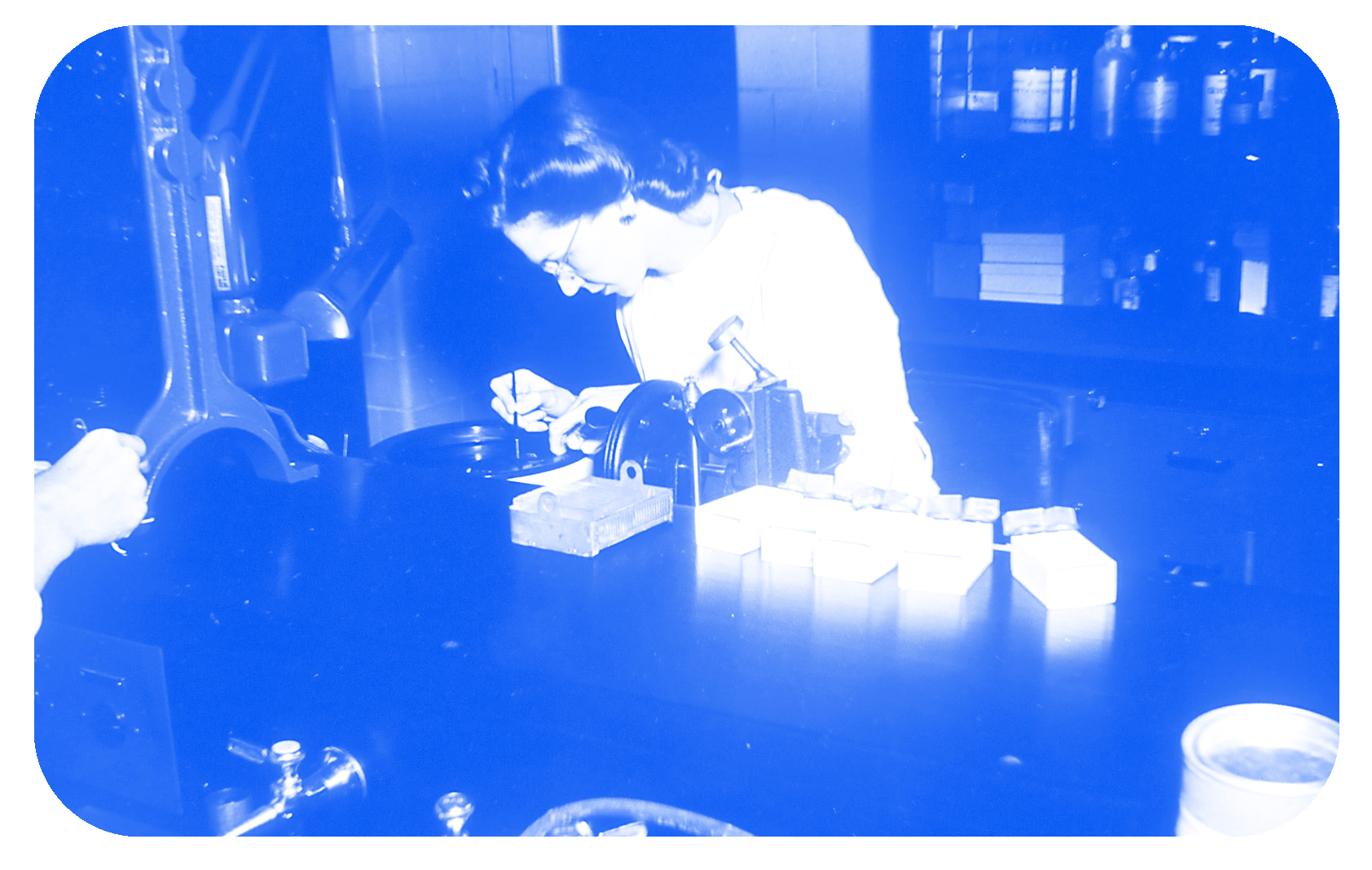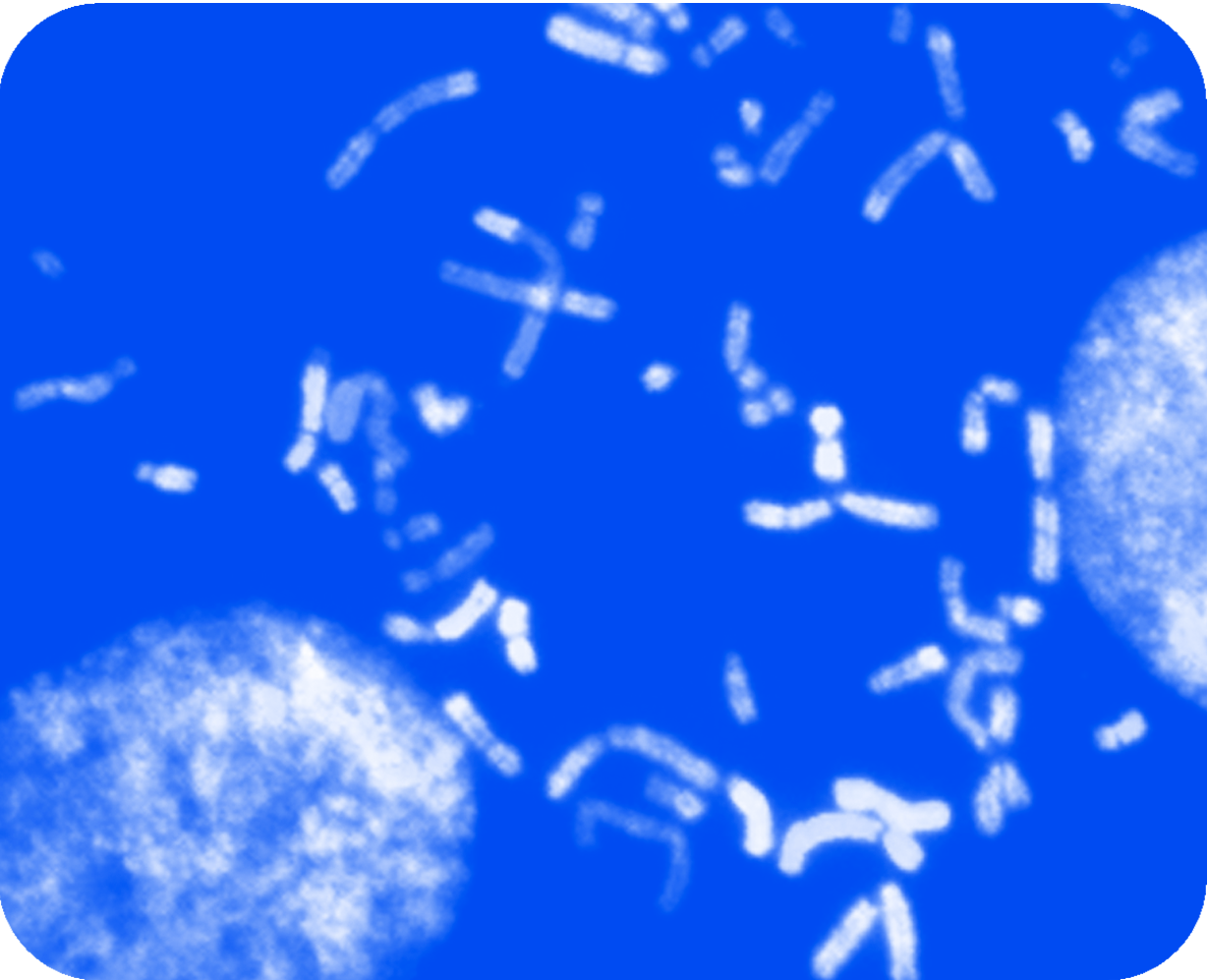PAST
(1960 – 2015) –Gene therapy seemed more like science fiction than actual science when the concept was introduced in the early 1970s. Today, however, there have been more than 2,600 completed gene therapy clinical trials. As gene therapies continue to provide hope for millions, here's a quick look at how we got here.
1972
The concept of gene therapy as a tool to treat genetic diseases is introduced to the world in a scientific paper for the first time.
The authors hypothesized that gene therapy may improve the management of human genetic diseases in the future, but they also urged caution until more can be learned.
Scientists start researching viral vectors, such as adenoviruses (common viruses that cause a range of illness) and retroviruses (viruses that use RNA as their genetic material), to determine how best to transfer genetic material to a host cell.
In 1984, a paper published by David Williams demonstrated that one could use a retrovirus to insert genes into blood-cell developing stem cells.
Doctors are able to use a disabled virus to deliver genetic material to the cells of a rare disease patient.
W. French Anderson and his colleagues at the National Institutes of Health managed to deliver a gene called adenosine deaminase, or ADA, into the T-cells of a four-year-old girl born with a severe immunodeficiency disorder (SCID). Without ADA, the girl's T-cells died off quickly, preventing her from fighting off even minor infections. The gene transfer was a success, and the patient is now alive and active in the rare disorde community.
18-year-old Jesse Gelsinger dies after receiving an investigational adenovirus-based gene therapy while participating in a clinical trial at the University of Pennsylvania.
Gelsinger’s underlying rare disease was an X-linked genetic disease of the liver which left him unable to metabolize ammonia. As a result, gene therapy research grinds to a halt, and tighter regulatory controls to ensure safety are imposed for future trials.
2003
The Human Genome Project concludes, providing researchers with a “map” of all genes found in human DNA.
The map of human genes, or genome, potentially allows scientists to pinpoint the genetic cause of different diseases and develop specially-tailored treatments for genetic diseases.
An NIH-funded clinical trial shows success in treating patients with a genetic blood disease called hemophilia B caused by alterations in the gene that codes for clotting factor IX (a protein produced naturally in the body which helps the blood form clots to stop bleeding).
Using a modified adeno-associated virus, scientists were able to package a normal factor IX gene into the virus and deliver it to the patient's liver cells — enabling the cells to produce factor IX themselves. This clinical trial marked the first time ever scientists were able to demonstrate success — giving hope to the premise that gene therapy could be a viable option for clotting disorders.














